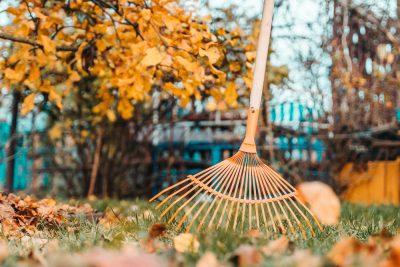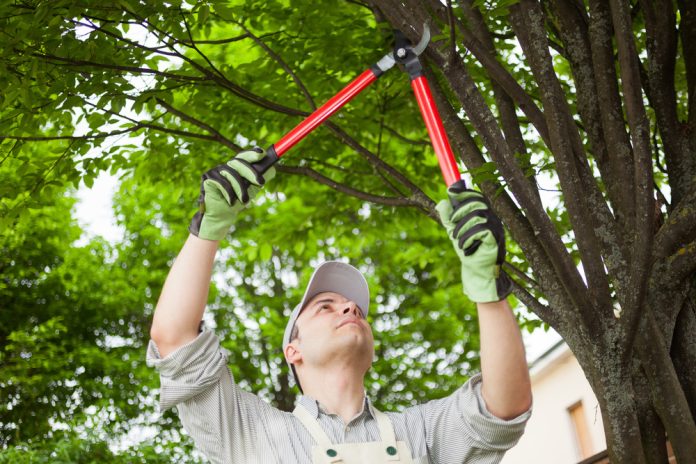Taking care of your backyard all year round is necessary. And with fall coming to an end, it’s time to prepare your backyard for the harsh winter. Addressing any issues beforehand will ensure that your backyard is winterized.
Winterizing your backyard means getting it ready for the cold weather. Some of its benefits include the following:
- Your backyard will have earlier greenery sprouting, which means you won’t have to wait for weeks after winter to see some plant growth. Winterization results in thicker grass, leaving your backyard lush in spring.
- The roots of the grass in your backyard will absorb more nutrients, use water more efficiently, and maintain its resilience throughout winter.
Cleaning your backyard is an essential step in preparing it for the coming season. If you want to do it right, here’s a backyard cleanup guide to help you get started:
Trim Trees And Shrubs
Dead branches under heavy snow will break and fall into your yard, becoming a liability. In order to prevent damage, it’s best to remove them along with dead shrubs. An easy and affordable way to dispose of waste such as Christmas trees, leaves, bushes, and grass clippings is by taking them to your local yard waste recycler.
Get Rid Of Debris
During autumn, your backyard becomes messy due to the numerous leaves that fall to the ground. If you don’t get rid of them, they might impact the health of your lawn. This is because they prevent water evaporation, which leads to the growth of fungi, mold, and diseases that can cause harm to your greenery.
There are several methods for cleaning up any debris in your backyard. Renting a dumpster or calling your trash company might be ideal if you deal with a lot of debris. Regardless of which option you choose, it will surely help make your backyard clean.
Protect Cold-Sensitive Plants
With the cold weather arriving, it’s important to protect the plants in your backyard from frost. By doing so, you’ll be able to preserve them throughout the season. Some plants that require protection includes young seedlings, tender perennials, and Hald-hardy varieties.
Keep all the cold-sensitive plants safe by adding mulch to the base. This provides extra protection and prevents your plants from freezing. If you have any potted plants outside, bring them indoors. The best place to store them would be in a sheltered spot.
You can also cover your perennials with fleece or lift and store those that are still tender.
Do A Final Mow
If winter is approaching, why do you need to mow your lawn? Most homeowners are confused about why it’s such a big deal. However, like any other plant, grasses thrive in particular conditions. They need to be a certain height in order for them to remain healthy throughout the winter.
Having shorter grass of no more than one-third of the blade per mow will be ideal. This height prevents the grass blades from matting, reducing the chances of snow mold formation.
Fix Bare Spots
If your backyard lawn has bare spots, it’s best to deal with them before winter arrives. To begin, rake the debris and dead grass from the area, then loosen the soil. Next, spread grass seeds in a layer that’s thick enough to cover the ground evenly. The seeds will get sufficient time to grow into the spot.

Clear Your Garden Bed
If you have a garden bed in your backyard, you may want to clean it up by removing the dead plants and debris. After that, add compost to the soil to keep the remaining plants fertile.
You can keep your flower bed clean by removing weeds and fallen leaves. Make sure to remove any debris that could serve as a breeding ground for insects and diseases. To avoid killing your perennial flowers, cut them back a few inches to encourage their growth.
Aerate And Fertilize Your Lawn
Aerating your backyard lawn entails loosening compact soil and removing thatch. If you aerate your lawn, water from melting snow won’t pool but will instead penetrate the ground. It will reach the roots of the grass and provide nutrients. This will result in healthier and more beautiful grass.
Apart from aerating, you’ll also need to fertilize your lawn. Using high-phosphorus fertilizer encourages root growth, thus speeding up the greening of your grass in the spring.
Bottom Line
Preparing your backyard for winter should be on top of your list. Winterizing your yard entails clearing your garden, trimming your plants, removing debris, and aerating your yard. Doing all these will prevent liability and maintain peace of mind when you’re experiencing heavy snow. Prepping your backyard will guarantee a healthy backyard come summer.
















